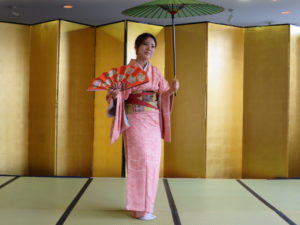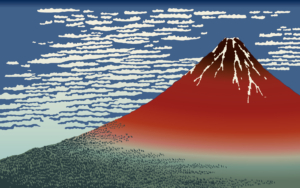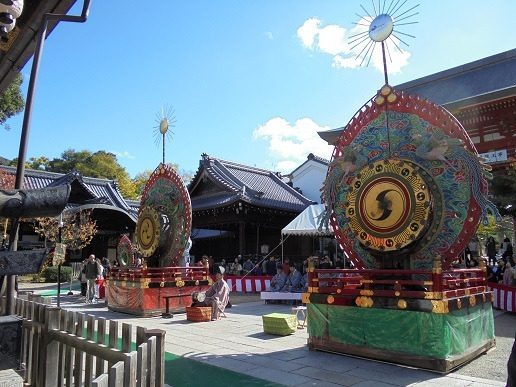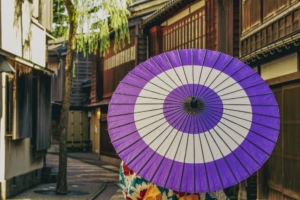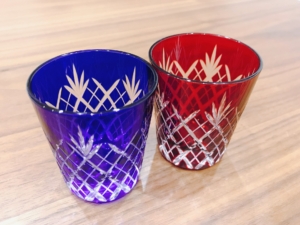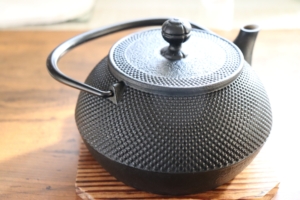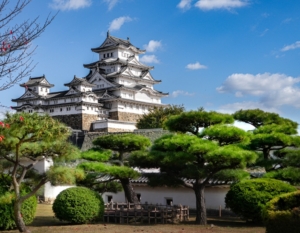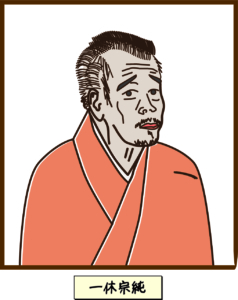Hello everyone.
Today, I would like to tell you about the history of Japanese music.
【Ancient music】
Since ancient times, Japan has had exchanges with China and the Korean Peninsula.
At that time, music such as musical instruments flowed in from the continent as well as various cultures.
Until now, it was said that the woodwind instrument called Syakuhachi(尺八) was imported from China. However, recent research suggests that it is an instrument unique to Japan.
During the Asuka and Nara periods, court music called Gagaku(雅楽) was imported. In Gagaku, musical instruments such as Ryuteki (龍笛) and Hichiriki (篳篥) were used.
Gagaku is often accompanied by dance.
After that, Gagaku developed around the rituals of temples and shrines.
This period corresponds to the time when bards such as Troubadour Trouvère were singing secular music in the West.
【Medieval music】
In the Kamakura period, folk performing arts developed as the society changed from aristocrats to samurai-centered societies.
In this era, Biwa Houshi (琵琶法師) who tells and sings the story of a samurai called The Tale of the Heike appears.
The stringed instrument they use when speaking and singing is called Biwa(琵琶).
From around this time, Noh(能) and Kyogen(狂言) became popular.
And Joruri(浄瑠璃), a theater music that talks about poem using a stringed instrument called Shamisen(三味線), becomes popular.
Western music of this era was the time when it came to Renaissance music. Counterpoint was born and laid the foundation for polyphonic music.
【Modern music】
When entering the Edo Shogunate, folk performing arts such as Kabuki (歌舞伎) flourish.
Around this time, the Sou or Koto(琴), which was introduced from mainland China, became widespread, and along with Shamisen(三味線), became widely popular with the general public.
